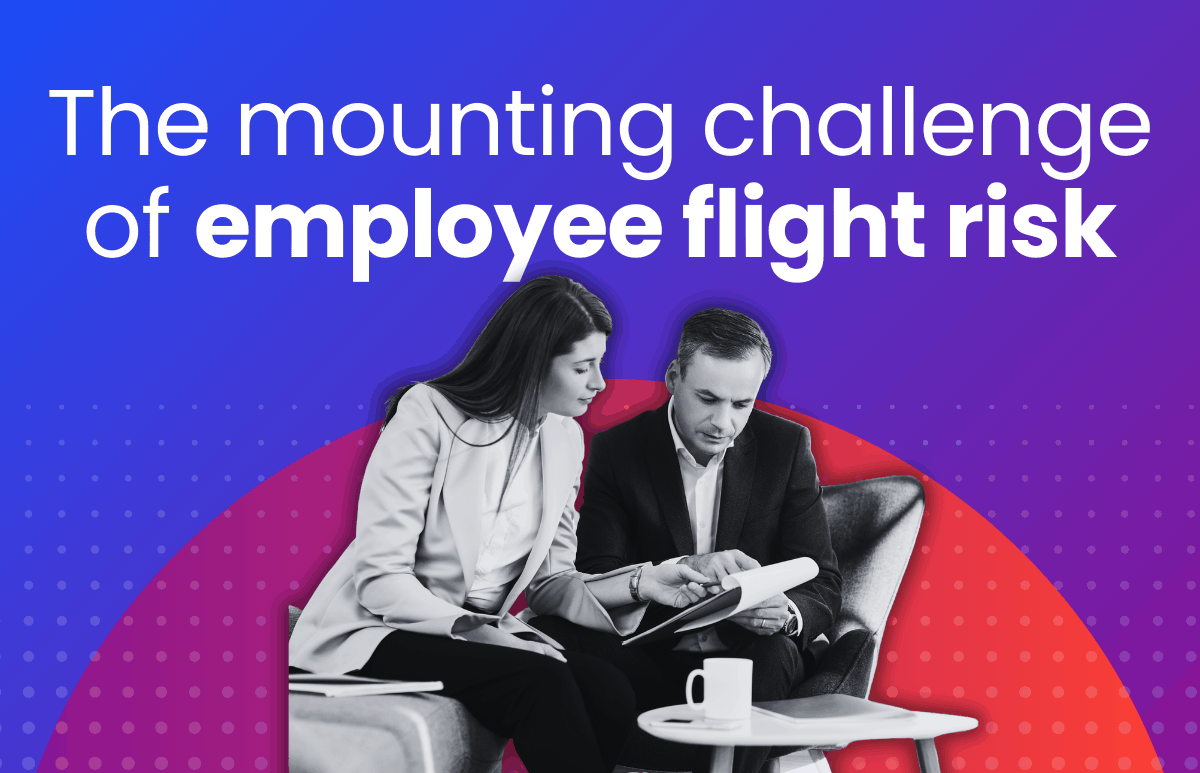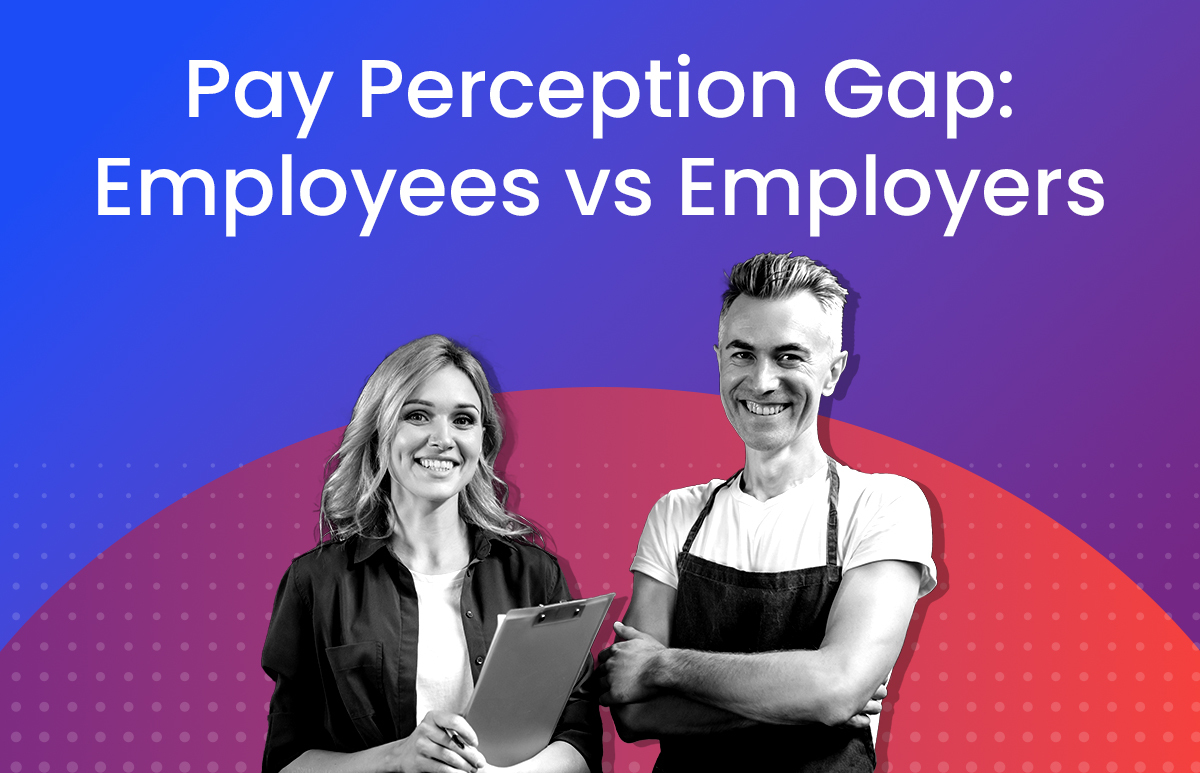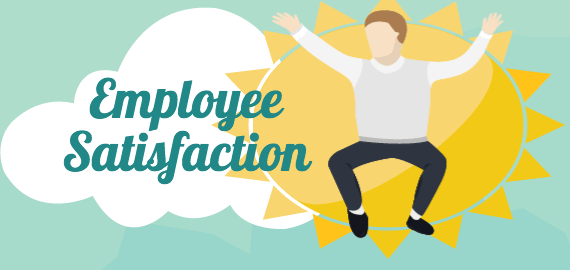What is Software-as-a-Service (SaaS)?

What is Software as a Service
SaaS stands for software as a service. This is a software licensing and delivery model where software is rented on a subscription model and centrally hosted in the cloud. Users access the application via the internet, with some popular examples of this model being Microsoft 365, Netflix, and Google Drive. The use of the cloud has become common across a broad range of industries and functions and is incorporated into the delivery strategies of many enterprise software vendors.
SaaS users usually pay for the service on a subscription basis, either monthly or annually. This contrasts with the traditional model of paying for software through a perpetual license, whereby it is installed on the customer’s own servers and downloaded to a set number of computers depending on the number of licences the customer has paid for.
SaaS functionality is considered a more cost-efficient model than the on-premise alternative, since it involves lower upfront costs than traditional download and installation, with no maintenance costs – making it more accessible to a wider range of businesses who can then disrupt existing markets with greater ease than was previously possible.
What are the benefits of using SaaS?
There are many benefits that come with using a Saas model:
- Remote access and flexibility
With SaaS, all data is stored in the cloud, which means the application can be accessed anywhere, anytime. In times when many workforces are distributed, remote data access is critical for business continuity.
- Compatibility
It doesn’t matter which operating system a device uses – whether it’s Mac, Microsoft or Linux, the cloud-based application remains accessible, so long as there is an internet connection. Cloud-based applications, therefore, don’t require any software or hardware configurations, nor do they require additional servers or network switches that might be required as part of general investment in IT infrastructure services.
- Cost efficiency and scalability
The SaaS software model tends to be more cost-efficient and easier to budget for, due to it being a simple subscription-based cost, with no installation, maintenance, or hardware costs. Because data is stored in the cloud, users need only pay for what they use. If more users need to be added to the service, or conversely removed from it, a billing plan can be adjusted accordingly – as opposed to having to buy more hardware when expanding, or having to shelve expensive platforms or systems when there is less need for them.
- Data security is simpler
Keeping data secure can be burdensome, particularly for SMBs. But by storing data centrally using a third-party cloud-based SaaS provider, data is usually more secure than it would be when looked after in-house or by its own IT team.
- You can try SaaS before you buy
Because of the way SaaS is accessed, it’s possible to try the service before you buy – a feat that’s significantly more difficult with traditional software.
SaaS is a popular model of delivery for human resources management (HRM) – a function that is notoriously laden with time-consuming manual tasks and spread sheets. According to research[1], HR managers waste 20 hours or more on manual HR processes; while 28% lose 14 hours a week manually completing tasks that could be automated.
Transferring to cloud-based HR services can be game-changing for HR departments, helping to streamline HR & payroll processes to increase productivity, efficiency and reduce costs.
What are the advantages of using SaaS in HR?
There are many benefits of using SaaS in HR. These include:
- Employee and manager self-service
HR self-service functionality frees up HR’s time by empowering employees to manage their own leave requests, update their personal details and access payslips.
- Navigating payroll complexity
By helping payroll professionals to navigate the complexities of employee timekeeping, attendance and pay, administrators can keep track of payroll data across their organisation.
- Streamlining recruitment processes
ELMO Recruitment and applicant tracking system (ATS) is a configurable system that helps streamline the hiring process from job requisition approval through to offer acceptance. It enables organisations to build candidate sourcing capability, and also helps to refine recruitment process workflows, screening questions and interview processes – all while promoting an organisation’s value proposition to attract the best talent.
- Assist with organisational learning and development initiatives
With access to a vast range of online courses, organisations can create, customise and repurpose eLearning courses to meet business objectives.
- Talent retention
Performance appraisal processes can be more formalised, as increased visibility encourages employees and managers alike to check in regularly. A cloud-based performance management system acting as a single source of data supports fair and equitable remuneration reviews and facilitates the mapping out of succession plans. Peer-to-peer recognition and organisation-wide accolades help create a culture that rewards hard work.
- Streamlines employee engagement efforts
Using HR technology to create, deliver and analyse employee surveys enables organisations to conduct and manage staff engagement throughout all points of the employee lifecycle to gain actionable insights into employees’ attitudes and opinions towards work.
ELMO Software is a cloud-based solution that helps thousands of organisations across Australia, New Zealand and the United Kingdom to effectively manage their people, process and pay. ELMO solutions span the entire employee lifecycle from ‘hire to retire’. They can be used together or stand-alone, and are configurable according to an organisation’s unique processes and workflows. Automate and streamline your operations to reduce costs, increase efficiency and bolster productivity. For further information, contact us.
[1] CareerBuilder survey, “Why Now is the Time to Adopt HR Automation”, December 2017
 HR Core
HR Core 









